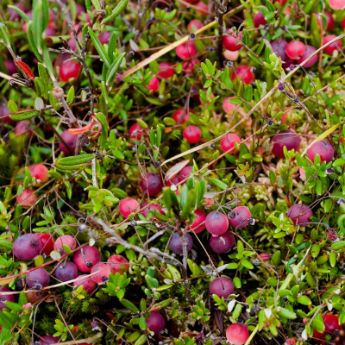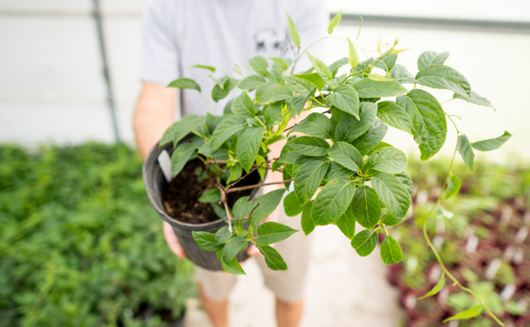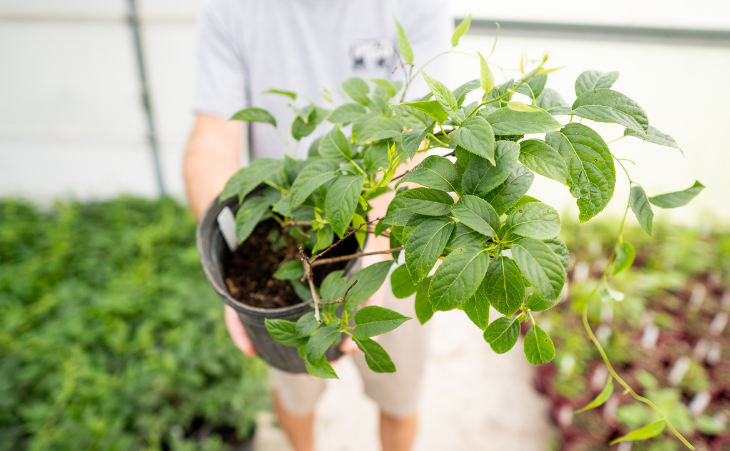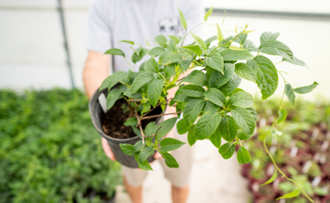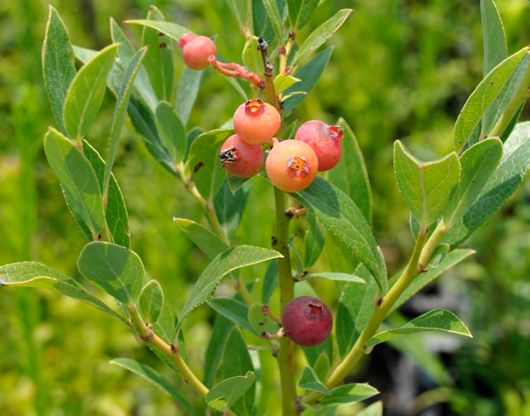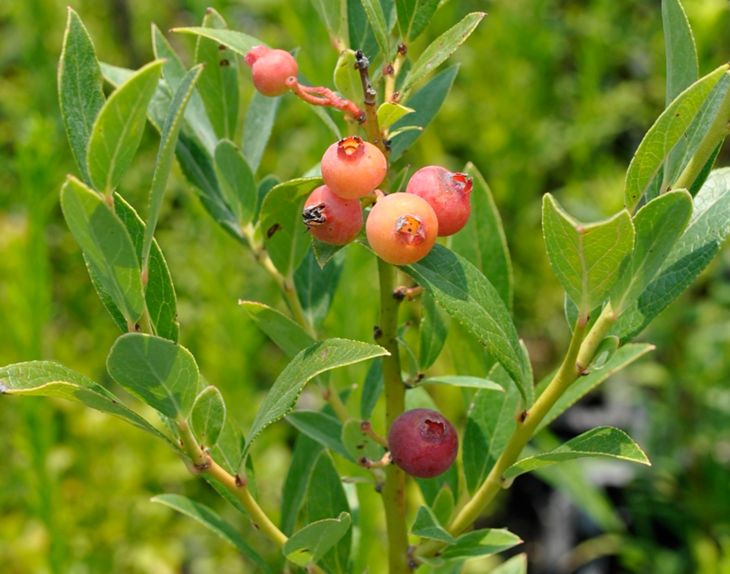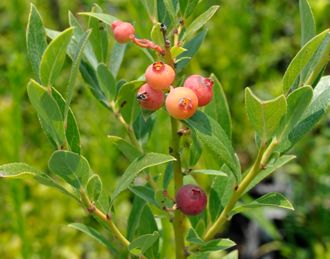Cranberry Plants
Cranberry Plants Buyer's Guide
Cranberry plants (Vaccinium macrocarpon) are small, evergreen shrubs native to North America. The true cranberry is a low-growing plant, remaining under 1 foot in height at maturity. These cold-hardy plants are found in parts of the northeastern United States and Canada and can even be found in high-altitude regions further south. Cranberries are easy-care plants that tolerate moist soils, but they require a low soil pH to fruit and thrive. Similar to lingonberries, the cranberry’s sweet-tart red fruit is valued for its antioxidants and health benefits. Cranberries are commonly used in many fruit juices and cocktails, and cranberry sauce is a traditional side enjoyed around Thanksgiving time.
Not to be confused with the “highbush cranberry” (Viburnum trilobum), which is not a true cranberry.
To ensure your growing success and satisfaction, there are a few things to consider when you buy a cranberry plant.
Zone Compatibility
Your climate plays an important role in whether a cranberry plant will produce fruit or even survive. Before ordering a plant, make sure its recommended hardiness zone range includes your area.
Proper Pollination
All of our cranberry plants are self pollinating. Even so, we still recommend planting another cranberry plant in your yard for optimum fruit production.
Acidic Soil
Cranberry plants are at their best when growing in acidic soil. They prefer soil with a pH of 4.5 to 5.5. If your soil is not acidic enough consider adding Soil Acidifier.

